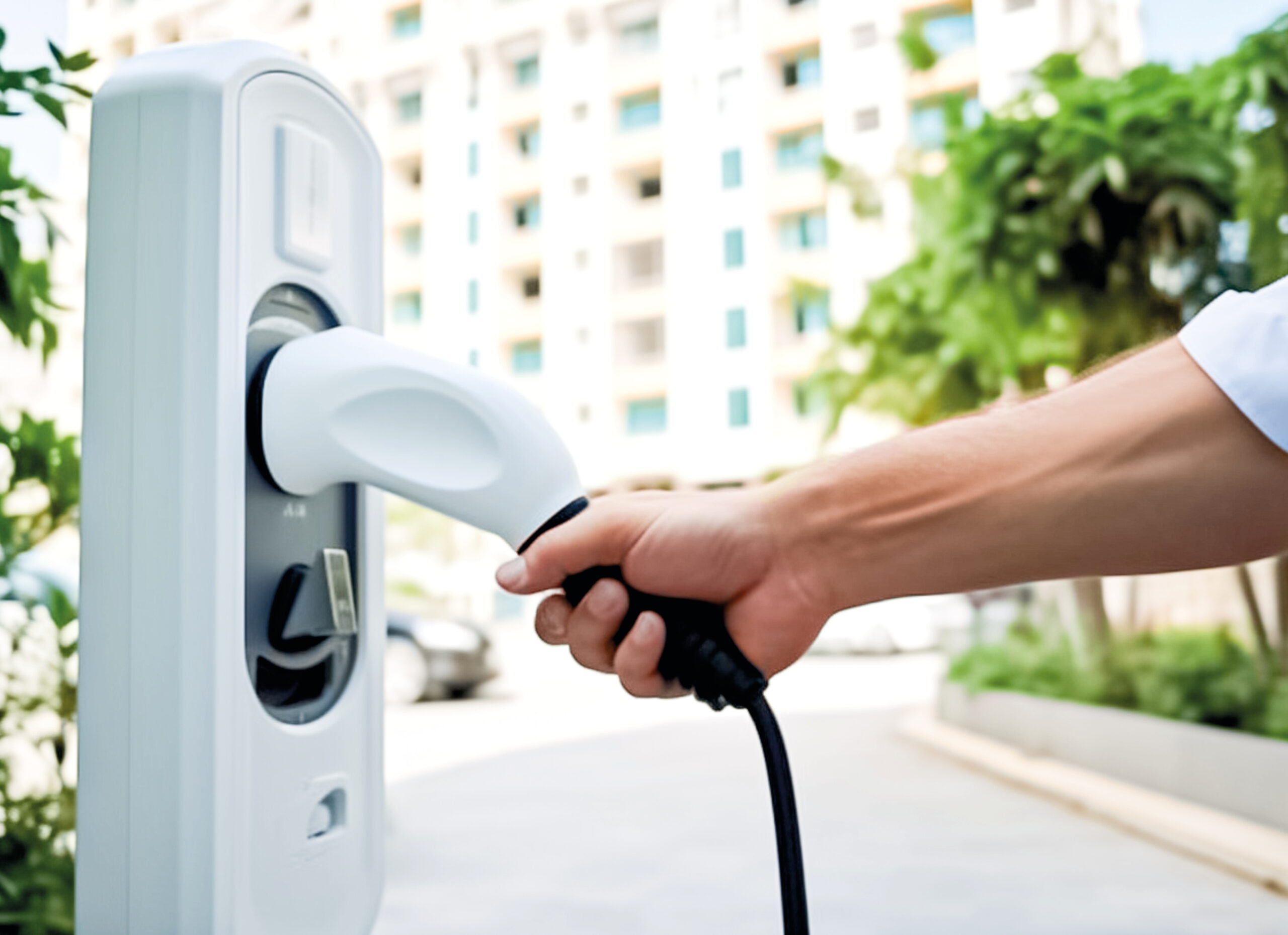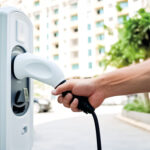Benefits Of Combining EV Chargers with Solar and Battery Storage

Thanks to unprecedented technological advancements, evolving preferences of drivers, and increasing environmental awareness, automakers are rapidly racing towards an all-electric future. All these have amounted to the rise of electric vehicles that are pushing the world in the right direction in achieving sustainable development goals.
The rise of electric vehicles has resulted in an exponential surge in the supply and installation of EV charging stations, which have created breakthroughs in the renewable energy revolution. According to the Wall Street Journal, the leading automakers in the U.S. sold around 807,180 EVs in the year 2022 with just 6,000 EV charging stations across the country.
If you compare this to the number of fueling stations for gas-powered vehicles, it will be quite evident that we should prioritize increasing the accessibility and availability of EV charging stations. To alleviate the issue, the National Electric Vehicle Infrastructure aims to allocate $5 billion for states to deploy an interconnected and nationwide network of accessible EV charging stations along 1000 miles of highways.
While the nation expects to witness a substantial hike in the availability of EV charging stations in the upcoming years, a question that continues to linger is how those infrastructures would be powered. Are the chargers going to be powered directly by a utility grid? Are electric grids all set to deal with the exponential rise of EV charging stations in the market? This is where the importance of pairing EV charging infrastructures with on-site solar photovoltaic systems and battery storage solutions comes into play.
How EV charging, solar and battery storage systems can work together to positively impact the electric vehicle ecosystem and achieve development at the highest level for e-mobility –
Perks of Combining EV Charger, Solar and Battery Storage Together
- Control Utility Costs
An on-site solar photovoltaic system with battery storage solution installed offers a lot of flexibility with regards to utilizing the energy that’s generated. Under natural circumstances, solar production starts off as the sun rises, peaks during the midday, and eventually tapers off as the sun sets.
With a robust battery storage system, any kind of energy which is generated beyond the consumption capacity of your facility could be banked and utilized to meet energy requirements during lower solar production. This limits the need to generate electricity from the utility grids.
This practice is highly beneficial in hedging against TOU (time of use) utility charges, enabling you to make use of battery energy when the cost of electricity reaches its peak. Storage can also play an important role in lowering the monthly peak energy usage of your facility.
- Brings Ease in Load Management
The availability of EV charging stations at your facility makes your organization prioritize sustainability. When you install EV charging alongside solar and battery storage, you can rewrite the rules of sustainability without incurring any additional energy costs. Also, the robust combination of EV charging station, solar and battery storage can help you control your facility’s electrical load that includes the electricity required to power an EV charger.
- Shifts Development into High Gear
The recently passed Inflation Reduction Act is going to extend and maximize greater tax credits for EV charging stations, solar and battery storage systems. For electric vehicle charging infrastructure, the chargers should be in rural or low-income communities for receiving the credit.
These incentives can drive a huge deal of development in areas that are in dire need of affordable clean energy and accessible charging solutions. These will also enable developers to obtain a good deal of tax credits on their projects, thus helping make their projects a lot more economical.
- Improves Energy Resiliency
By tying EV charging technologies, solar and storage together into a microgrid, you can make your facility self-sustaining and resilient in the faces of utility disruptions like power failure, equipment breakdown, etc.
A microgrid can easily isolate from a larger utility grid and provide a facility with power through a combination of stored battery energy, solar array, and generator. You should rely on an energy management system to track and optimize the performance of several energy assets combined into one system.
- Benefits Electric Grids
Pairing EV Charging Infrastructure with solar and battery storage brings a boost in grid reliability. When these units are powered by solar photovoltaic and energy storage, the demand of the utility grid automatically drops.
However, in certain circumstances where grid demands reach the peak, these systems could be used as an effective demand response tool, that can pull excess solar energy preserved in the on-site battery storage systems, or even from an electric vehicle that’s hooked up into a charge to strike a balance in the grid and keep the risks of potential outages at bay.
- In a Nutshell
The bedrock of the renewable energy revolution has been solidified by the electrification of vehicles and the robust systems like EV charging stations to empower e-vehicle ecosystems. Independently, solar photovoltaic systems and battery storage can bring sweeping changes in the landscape of the EV ecosystem. Together, all these can bring a complete industry reset.
Add to this the speed at which automakers are upshifting into the future and shifting clean energy transition into high gear to manage volatility in EV demands, and it’s undeniable that we are on the brink of a new automotive era.
.png)
Admin
Chief Executive Officer



